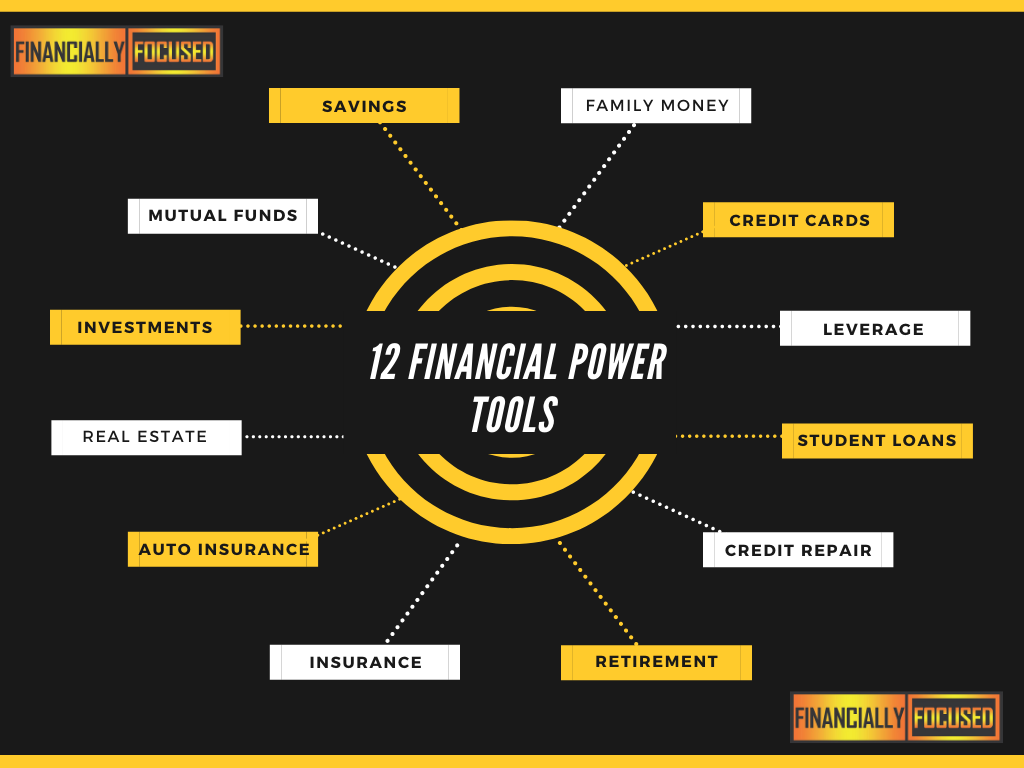Are you planning on buying investments as a gift this year? Maybe you will treat yourself to investments. So what is your buying strategy? Looking for value stocks that are selling low and you expect them to move up in price? What about stocks with momentum which are going to go up because they are in a hot industry?
Now, which stock you plan to buy, is totally up to you. You may want to follow the technology trend, buy food stocks, or look at the health care sector. What we want to discuss in this post is not so much the company you buy but the type of buying strategy to help you lower risk and make some money! Two important caveats to note. First, you have to have an interest in following investment trends to know which buying strategy to implement. Second, because you will be buying individual stocks to create your strategy, you may pay more in trading fees. That’s why if this is not the buying plan for you, stock to managed funds. These managed funds include mutual funds, ETFs and unit trusts are pooled investment options that allow you to simply invest and some else does the work to find the best assets to invest in. Now we found this awesome article that goes in depth in the types of buying strategies and have shared it with you.
Of course, investing in stocks is just one aspect of your holistic financial power tools.

And so if you want support in taking back your financial power, the Financial Mentor Focus 12 week course is ideal for you. That said, here is the chart from Diversity Fund that outlines the stock buying strategies to help make more money in your portfolio. You can sign up for the waitlist here.

Read below for an indepth discussion on the types of stock buying strategies in the chart. If you want more information on how the Financial Mentor Focus progamme can add value to your life right now. Watch Part 1 and Part 2 of these videos.
Value
You might’ve heard of the phrase “value investor,’ or its opposite “growth investor.” The value factor strategy is geared towards investing in stocks that are priced at a discount compared to their fundamental value. Fundamental value is often calculated by metrics like price to book, price to earnings, dividends, and free cash flow. These are then either compared against a benchmark or other competitors in the same industry.
Size
The size factor is all about investing in small-cap stocks rather than portfolios with just large-cap stocks. Historically, companies with a smaller market cap perform better than large-cap companies. Market cap refers to the % of the consumer market that the company serves.
Momentum
Stocks that have outperformed in the past tend to exhibit strong returns going forward. A momentum strategy usually looks at returns from a 3 to 12-month time horizon.
Quality
The quality factor focuses on companies that have low debt, stable earnings, consistent growth, and usually a good dividend history. These are usually banks or well-established companies in the mature stage of the business cycle.
Volatility
Hard to believe in our currently volatile market, but historically stocks with low volatility earn greater risk-adjusted returns than highly volatile equities.



